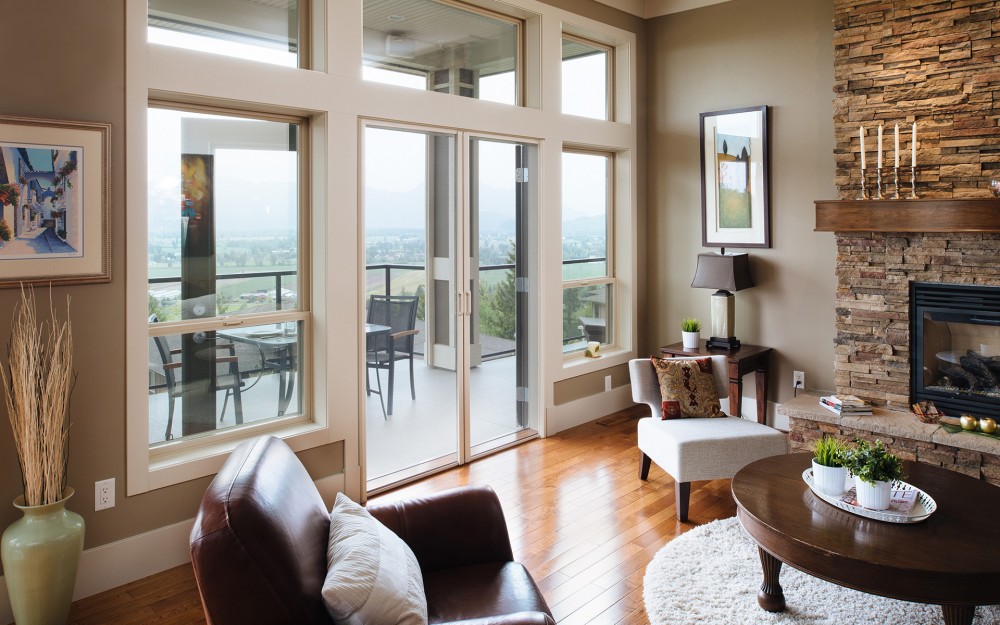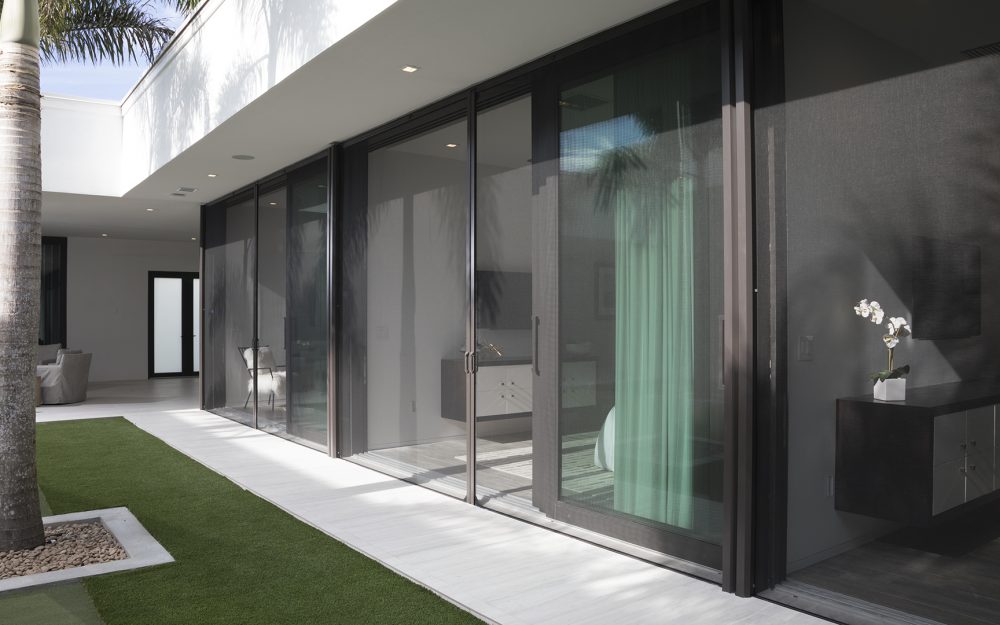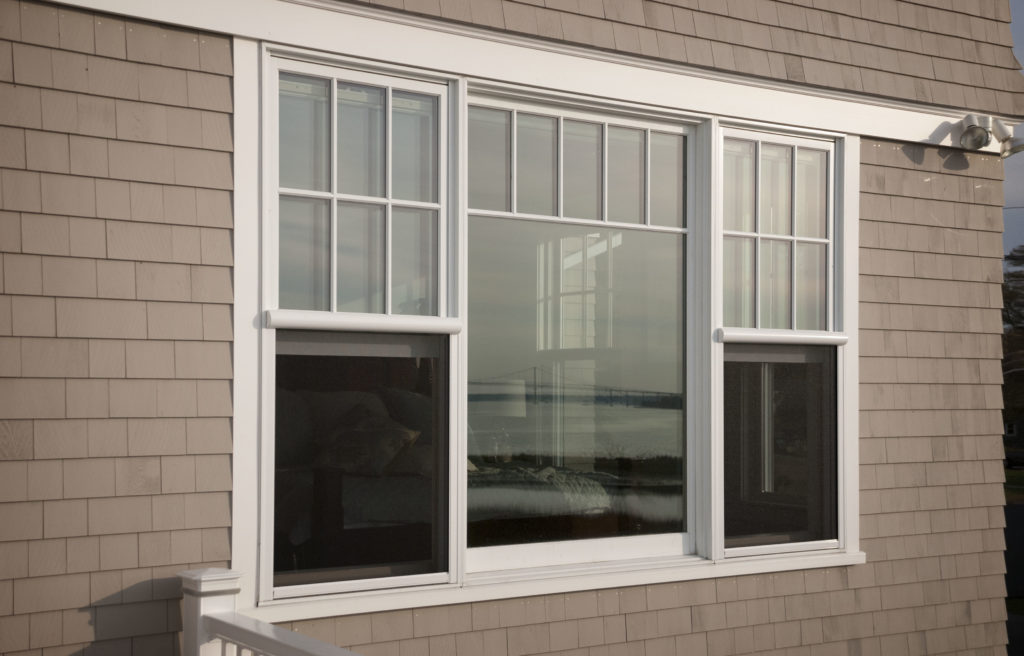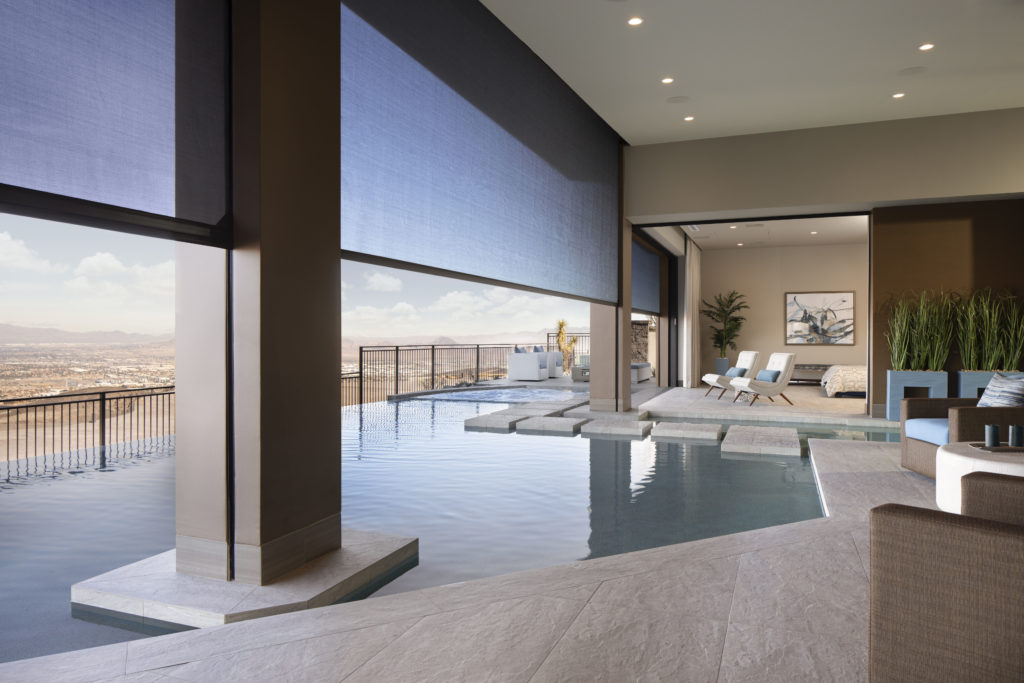SPONSORED CONTENT
By C. Esther De Wolde
COVID-19 has undoubtedly shifted homeowner demands, especially as it pertains to living spaces and home comfort. We’re seeing people become more environmentally conscious and seeking more functional, energy efficient, and healthier spaces.
Within the fenestration sector, we’re observing key areas in which homeowners and design/build professionals are finding cost effective ways to achieve comfort, reduce energy consumption, and promote well-being.
Indoor Air Quality & Passive Cooling
COVID-19 has brought to light the importance of clean air and proper circulation within living spaces. Poor air quality produces a myriad of challenges, including excessive humidity and the buildup of harmful pollutants. In many cases, finding ways to let fresh outside air into a building resolves many of these challenges.
Solutions like retractable screens allow fresh air to come in through doors, windows and oversized openings while keeping out pests. When the screens are not needed, they disappear out of sight by recessing into housings or ceiling cavities, restoring fully open views and design aesthetics.

Integrating retractable screens can manage the challenges many building professionals encounter with large openings, such as opening glass wall systems, without detracting from their architectural beauty. This can also promote passive cooling through cross-ventilation, particularly when openings are strategically placed to maximize the direction of outside airflow through to the indoor space. Passive cooling decreases the amount of time that energy burners like air conditioning systems need to run, leading to lower electricity costs.

Leveraging Solar Energy
This time of year, many of us are relieved to see the arrival of spring. However, when it comes to managing the temperature of the space, the sun may not always prove beneficial to the home. Poor solar orientation of living spaces, lack of efficient solar shading, and insufficient insulation can lead to uncomfortably hot days and cold nights. Managing these factors with the right solutions can help control temperature fluctuation, improve resident comfort and lower electricity costs.
Studies show that by integrating solutions, like exterior mounted motorized retractable shades, building owners can experience a 65 to 77 percent reduction in solar heat gain. Depending on shade fabric colors, solar heat can either be reflected or absorbed to reduce heat. During cooler times of the season, the shades can be retracted to allow solar energy into the space to promote natural warming, saving even more money.

Managing Daylight & Enhancing Views
Biophilia, a term that is now garnering a lot of attention, is the concept that nature has a profound and fundamental impact on our minds and bodies as scientific studies show. As a result, building professionals are exploring how biophilia can be integrated and leveraged in living spaces to promote health through connections with the natural environment.
Folding glass walls and oversized doors have become a popular way for people to open their living areas to the great outdoors. These openings provide a host of aesthetic and health benefits; however, they can also increase unwelcome reflection on TVs and smart devices, unregulated temperatures, entry of pests, and UV. Retractable screens or exterior motorized shades can help clients manage these challenges, providing shading when required and retract out of sight when sunlight isn’t an issue.

Environmental Sensors & Automation Integration
Smart technology has taken the building industry by storm. It is estimated that the home automation system market will be worth $63.2 billion by 2025. Within the fenestration industry, we’ve seen a significant uptick in smart home innovation. Products such as motorized screens and shades offer users convenience and comfort at the touch of a button. With automated controls like environmental sensors that can detect and respond to sun, wind and rain, motorized screens can operate automatically to changing outdoor conditions. Many of these systems can also be connected to building automation systems to deliver features like voice activation, real-time weather response and solar tracking.
It is without question that we’re seeing dramatic shifts in industry trends due to the ‘new normal.’ However, with innovative solutions like retractable screens, there is a significant opportunity for industry professionals to adapt their building features to make living spaces more enjoyable than ever before.
C. Esther De Wolde is the Chief Executive Office of Phantom Screens, North America’s leading provider of retractable screens. Phantom’s products remain concealed out of sight until they’re needed, providing customers with insect protection, solar shading, climate control, enhanced privacy and expanded usage of outdoor spaces.

